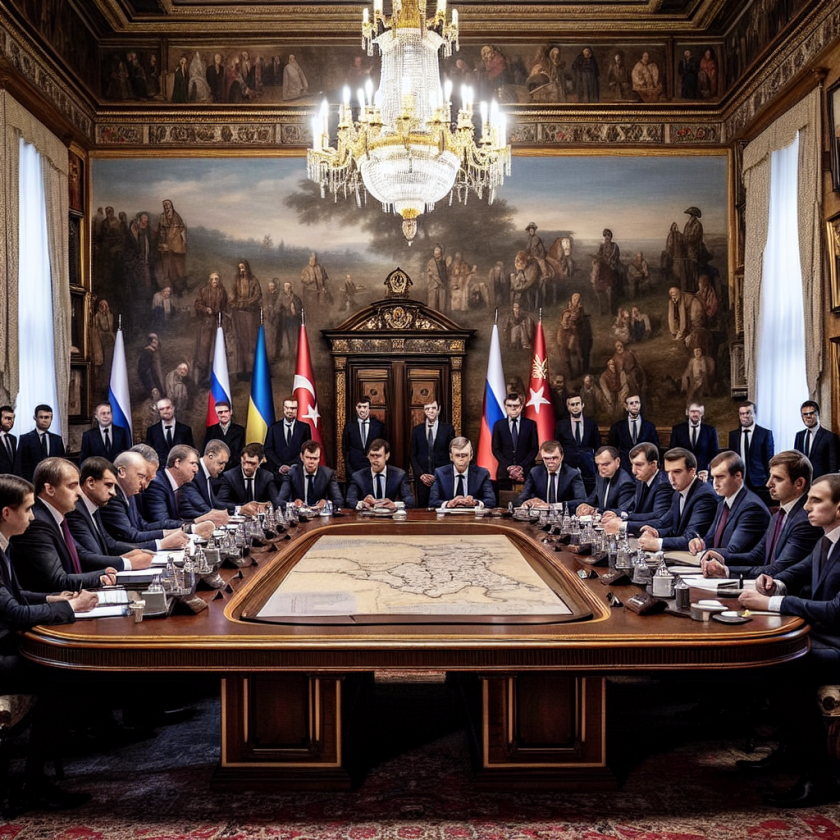Understanding Trump’s Latest Executive Order on Reciprocal US Tariffs
Understanding Trump’s Latest Executive Order on Reciprocal US Tariffs
Introduction to the Executive Order
President Donald Trump has issued a new executive order aimed at reshaping the landscape of international trade through the implementation of reciprocal tariffs. This move is designed to address trade imbalances and protect American industries by ensuring that foreign tariffs on U.S. goods are met with equivalent tariffs on imports from those countries.
Key Objectives of the Executive Order
- Promote Fair Trade: The order seeks to establish a level playing field by ensuring that U.S. exports are not unfairly disadvantaged by foreign tariffs.
- Protect Domestic Industries: By imposing reciprocal tariffs, the order aims to shield American businesses from unfair competition.
- Encourage Negotiations: The executive order is intended to serve as a catalyst for renegotiating trade agreements with countries that impose high tariffs on U.S. goods.
Potential Impacts on Global Trade
The implementation of reciprocal tariffs could have significant implications for global trade dynamics. Here are some potential impacts:
- Increased Trade Tensions: The move may lead to heightened tensions between the U.S. and its trading partners, potentially sparking trade wars.
- Shift in Trade Alliances: Countries affected by the tariffs may seek new trade alliances to mitigate the impact.
- Impact on Consumers: U.S. consumers might face higher prices on imported goods as a result of the tariffs.
Reactions from Key Stakeholders
The executive order has elicited mixed reactions from various stakeholders:
- Business Leaders: Some business leaders have expressed concern over potential disruptions to supply chains and increased costs.
- Trade Partners: Several U.S. trade partners have criticized the move, warning of retaliatory measures.
- Economists: Economists are divided, with some supporting the move as a necessary step towards fair trade, while others caution against the risks of escalating trade conflicts.
Conclusion
President Trump’s executive order on reciprocal tariffs marks a significant shift in U.S. trade policy, aiming to address trade imbalances and protect domestic industries. While it seeks to promote fair trade, the order also poses risks of increased trade tensions and potential impacts on consumers. As the situation unfolds, the global trade landscape may experience notable changes, with stakeholders closely monitoring the outcomes of this bold policy move.







































